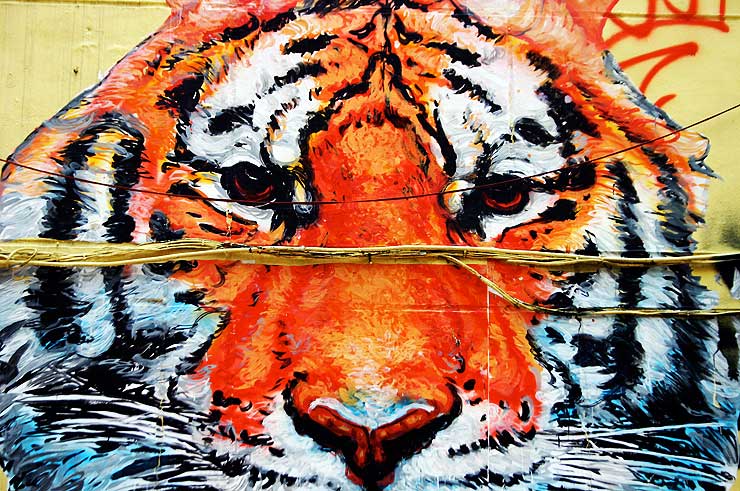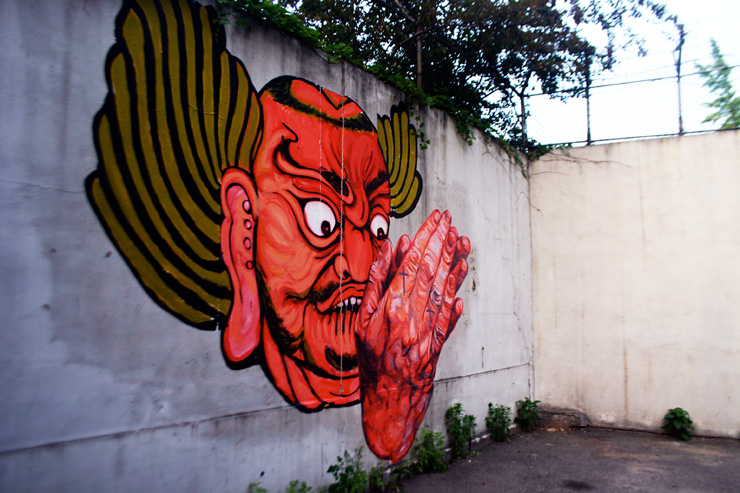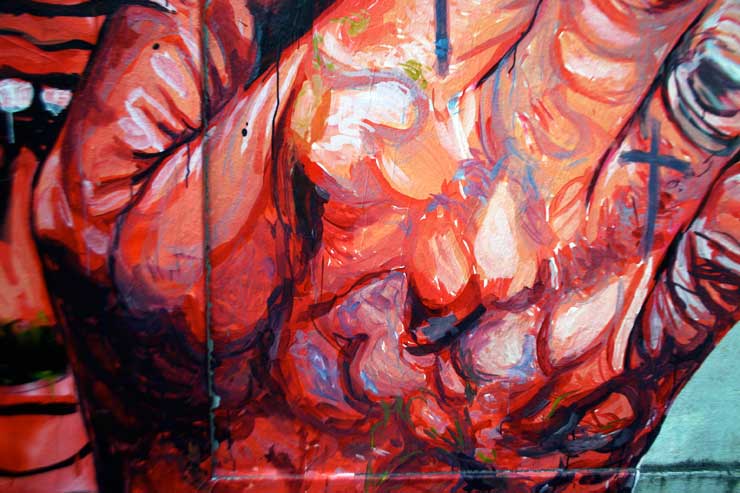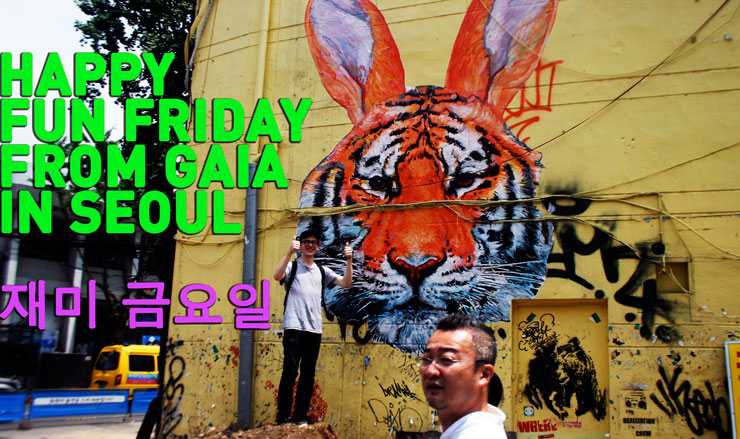Street Artist Jaye Moon is doing a diminutive deed to alleviate New York’s ongoing housing crisis by leaving new buildings cradled in the limbs of trees, or wrapped around their trunks.
Street Artist Jaye Moon gets a hand from kids in Seoul, South Korea, where she has brought her distinctive tree houses from New York. December 2012. (photo © Jaye Moon)
Using Legos as building materials, the blocked geometry of her architectural construction is carefully considered and engineered to allow for the expansion of tree limbs and cautious to avoid damage. A Korea-born Brooklyn fine artist with gallery representation doing other work, Moon has more recently expanded her art practice to the street, and her multi-colored housing units have been catching the eye of curious New Yorkers – and thoroughly captivating their kids. Since we first discovered and debuted her work on the web in September 2011, she has also garnered a new collection of Street Art fans.
Jaye Moon. Seoul, South Korea. December 2012. (photo © Jaye Moon)
Moon says she chose Legos as a medium because they are ready-made objects that mimic industrial , mechanical uses and because they summon a certain childlike innocence and sense of play. When you discover one of her tree houses on the street, your mind jumps up to a fascinating miniature world above your head and your hand may reflexively reach to swing open one of the Lillipution doors or to tap your finger on a wee window. During a (aptly named) residency program last week in Seoul, Moon found a few small volunteers who offered to help with her latest Street Art installations. Experts on the intricacies of Legos, her young assistants schooled her, which she says isn’t unusual. “Passersby love to join to help make my tree houses,” she says.
Jaye Moon. Seoul, South Korea. December 2012. (photo © Jaye Moon)
While Moon is not the first on the street to use the popular children’s building blocks – there have been a handful in recent years– she is the only one to take this architectural approach and to expand upon it so extensively. Each carefully planned construction is site specific and is carefully secured so that any attempts at removal will effectively destroy the piece. So while she is fascinated by the idea that housing could easily become mobile and portable, don’t try it with these installations. In addition to the ongoing housing project Moon has also been leaving colorful placards glued onto walls or under nooks, each spelling out phrases, secret missives, and colorfully vulgar words. But primarily for Jaye Moon right now, da house is in Brooklyn!
Jaye Moon. Seoul, South Korea. December 2012. (photo © Jaye Moon)
Jaye Moon. Seoul, South Korea. December 2012. (photo © Jaye Moon)
Jaye Moon. Seoul, South Korea. December 2012. (photo © Jaye Moon)
Jaye Moon. Seoul, South Korea. December 2012. (photo © Jaye Moon)
Jaye Moon in NYC. (photo © Jaime Rojo)
Jaye Moon in NYC. (photo © Jaime Rojo)
Jaye Moon in NYC. (photo © Jaime Rojo)
Jaye Moon in NYC. (photo © Jaime Rojo)
Jaye Moon in NYC. (photo © Jaime Rojo)
Jaye Moon in NYC. (photo © Jaime Rojo)
Jaye Moon in NYC. (photo © Jaime Rojo)
Jaye Moon in NYC. (photo © Jaime Rojo)
<<>>><><<>BSA<<>>><<<>><><BSA<<>>><><<>BSA<<>>><<<>><><BSA
Please note: All content including images and text are © BrooklynStreetArt.com, unless otherwise noted. We like sharing BSA content for non-commercial purposes as long as you credit the photographer(s) and BSA, include a link to the original article URL and do not remove the photographer’s name from the .jpg file. Otherwise, please refrain from re-posting. Thanks!
<<>>><><<>BSA<<>>><<<>><><BSA<<>>><><<>BSA<<>>><<<>><><BSA
 BROOKLYN STREET ART LOVES YOU MORE EVERY DAY
BROOKLYN STREET ART LOVES YOU MORE EVERY DAY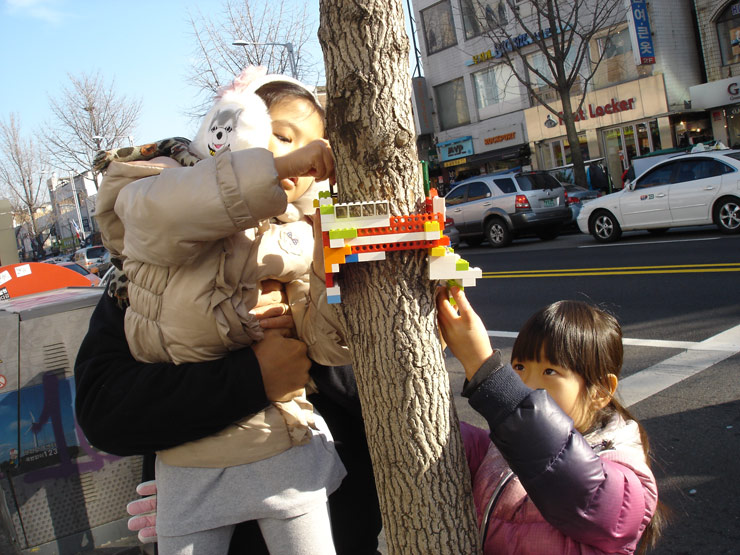
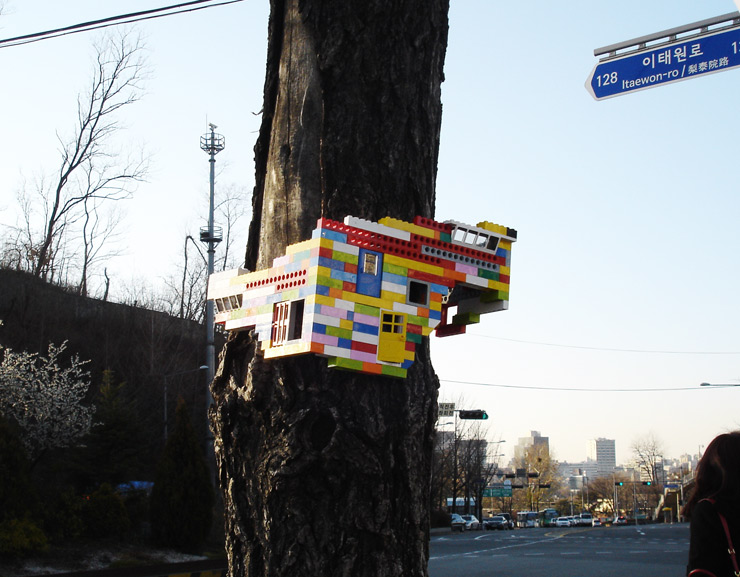
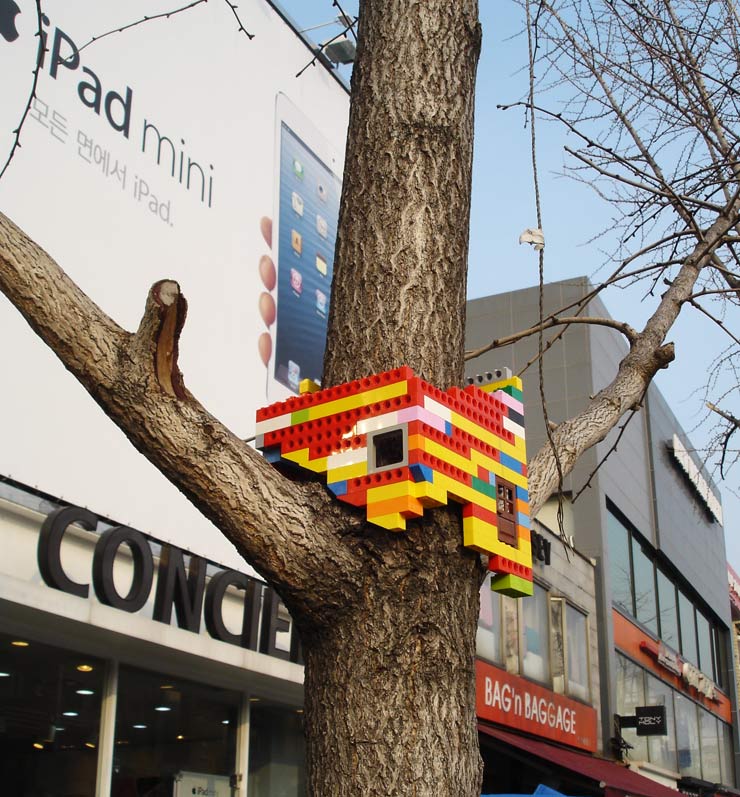
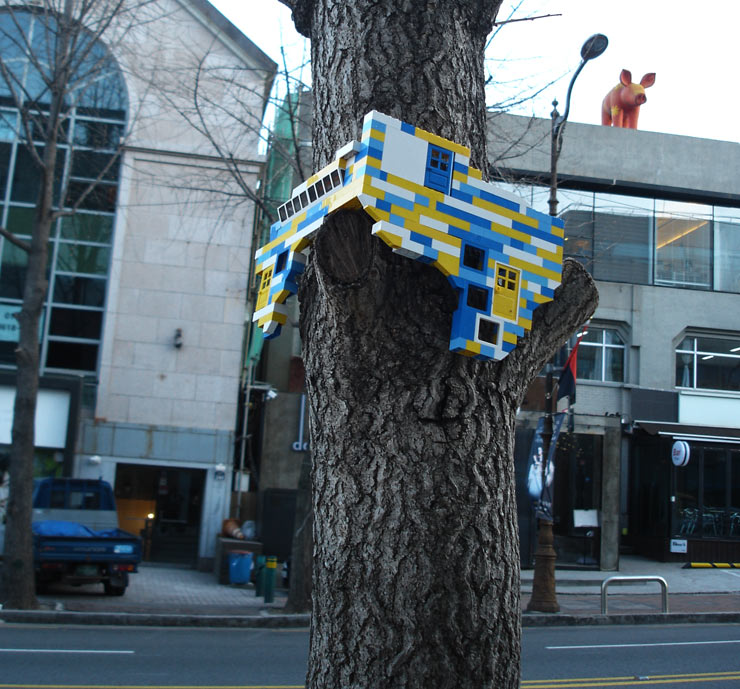
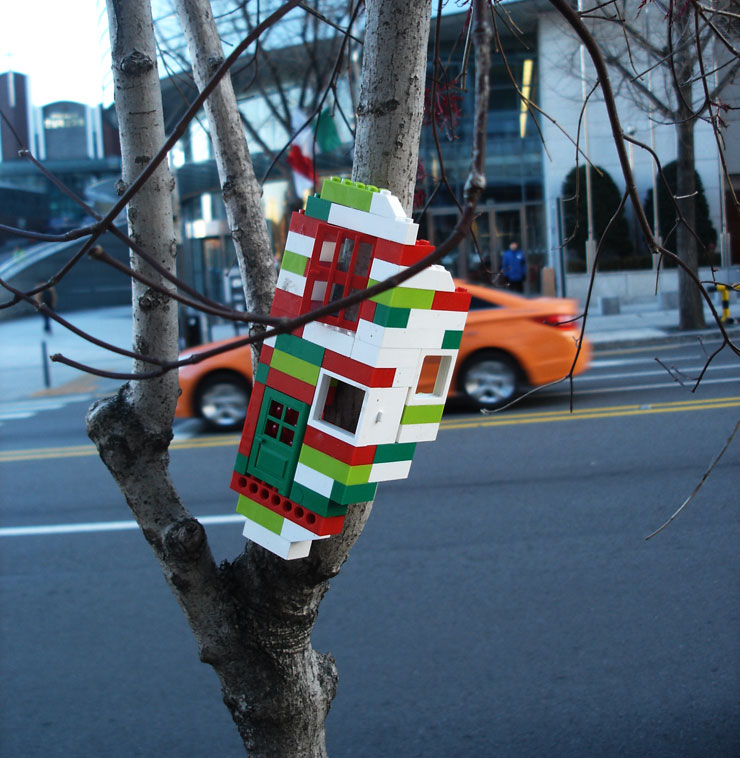
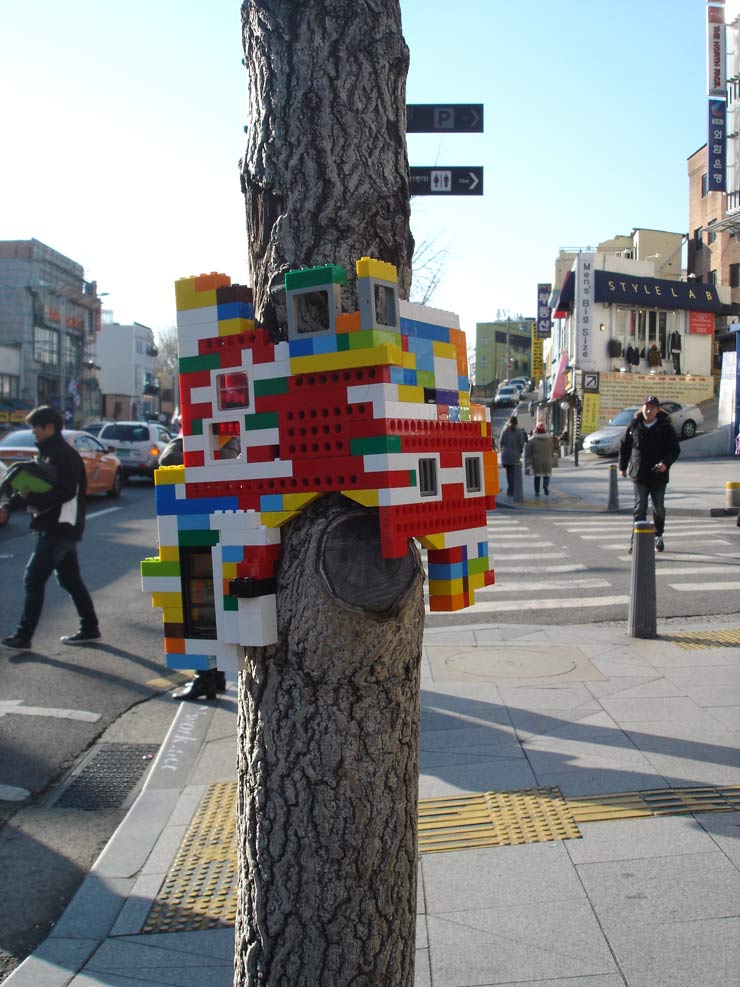
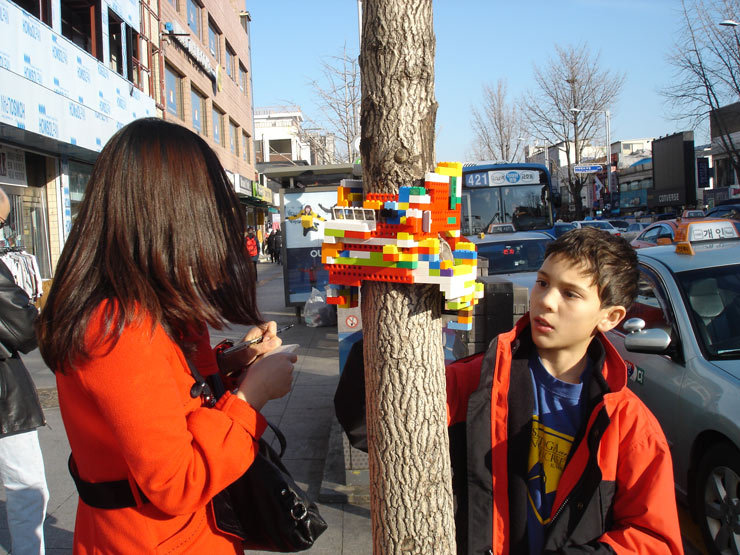
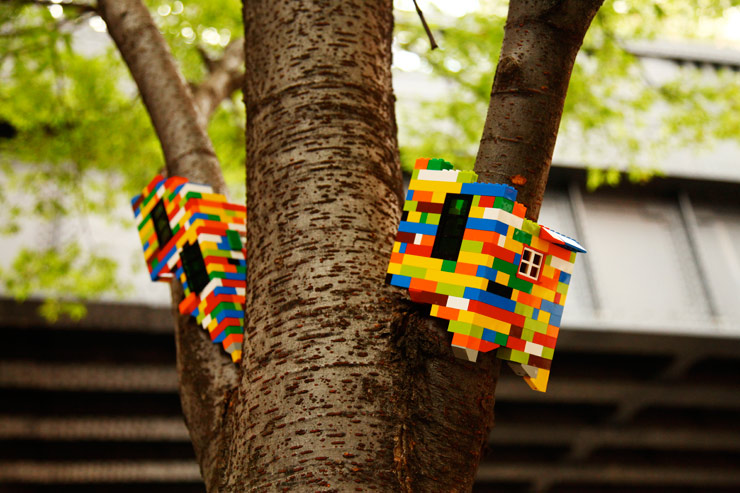

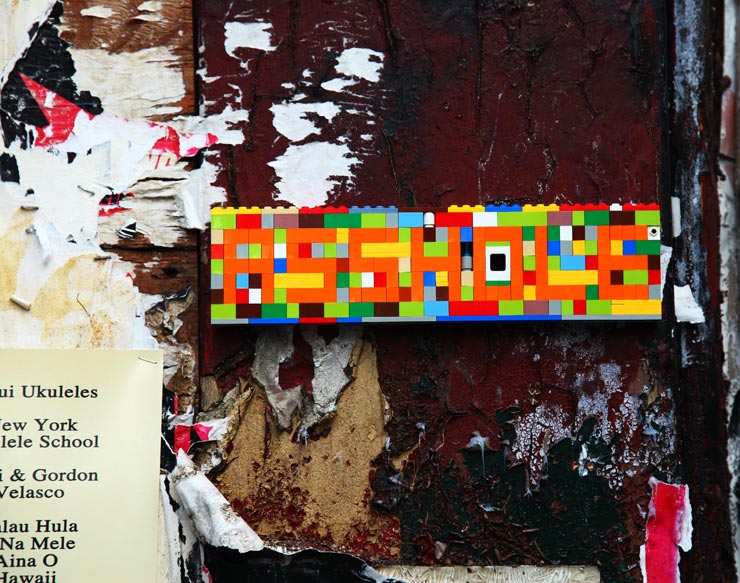
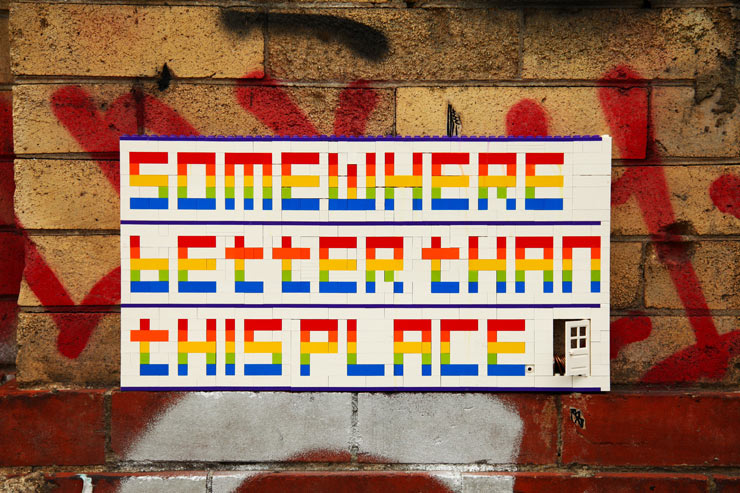
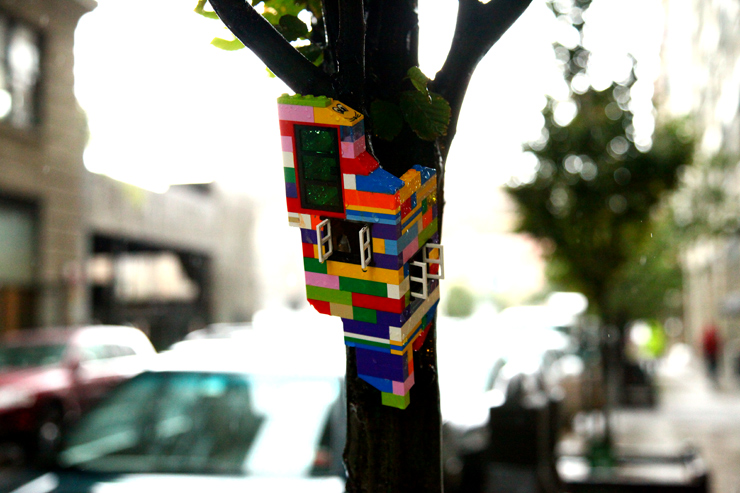
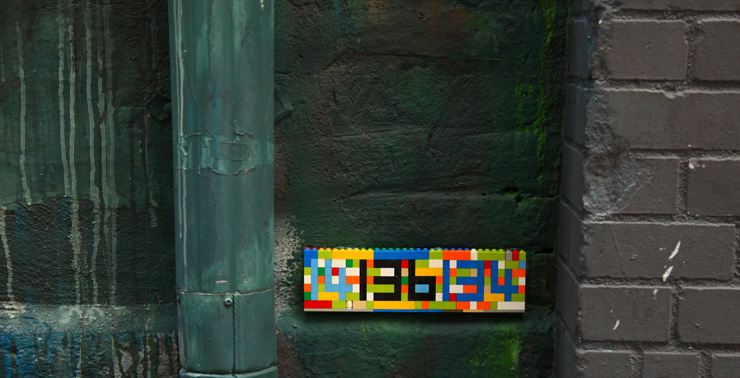
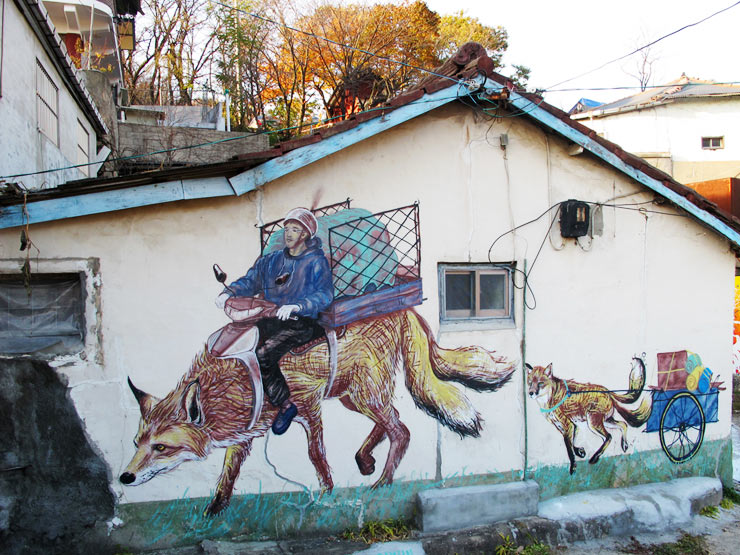
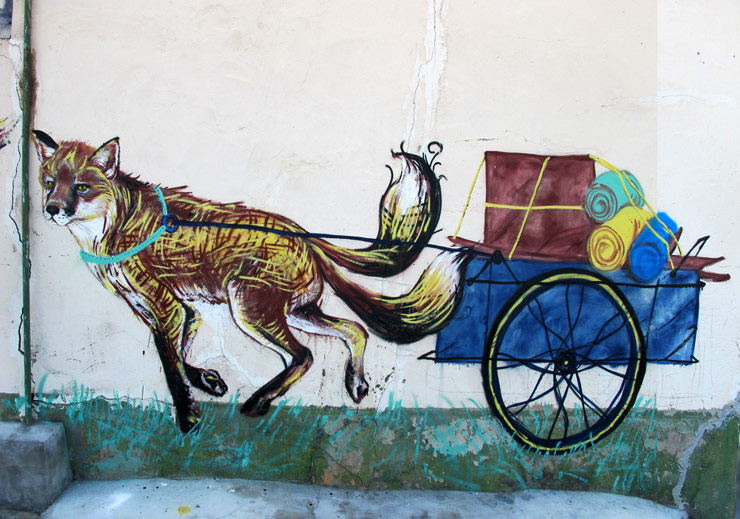
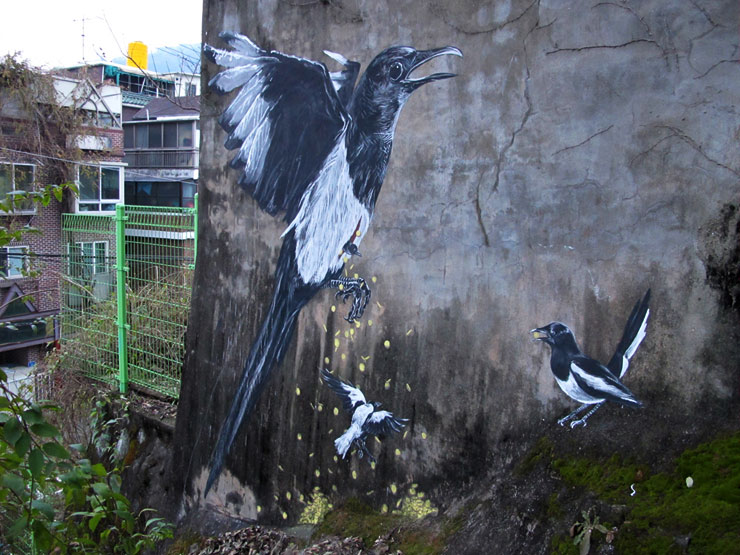
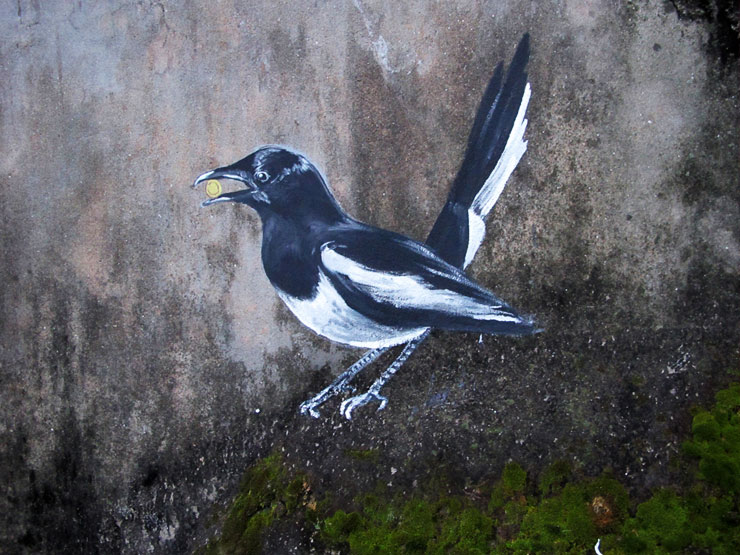
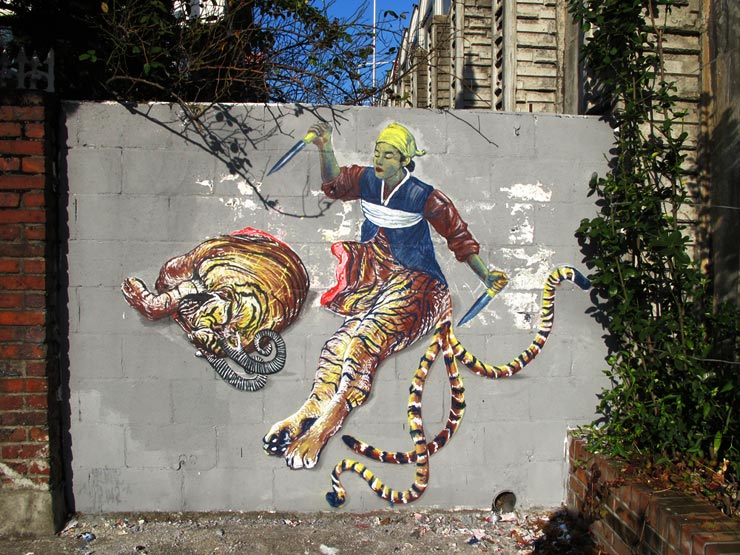
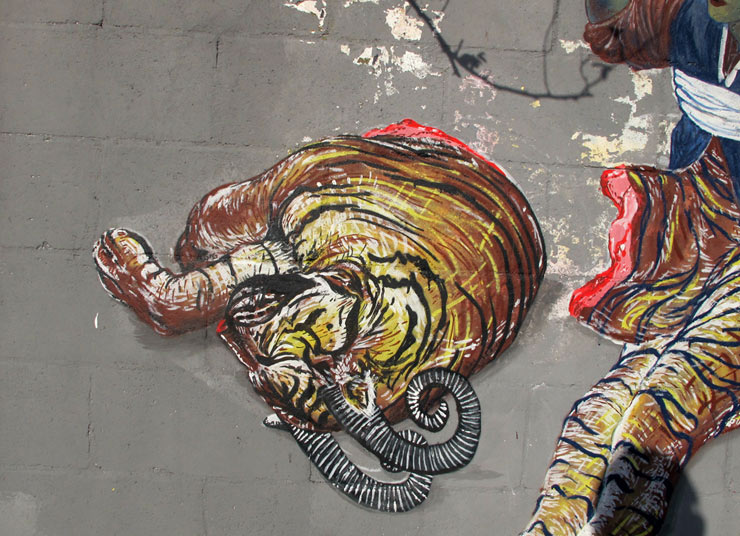
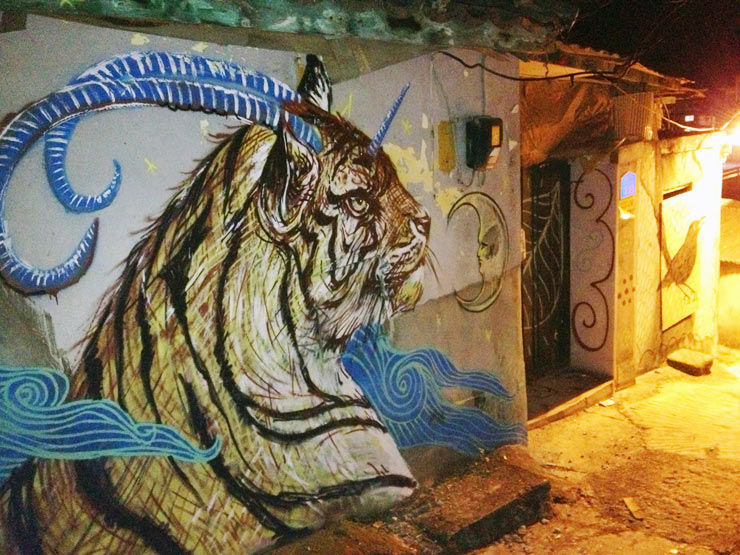
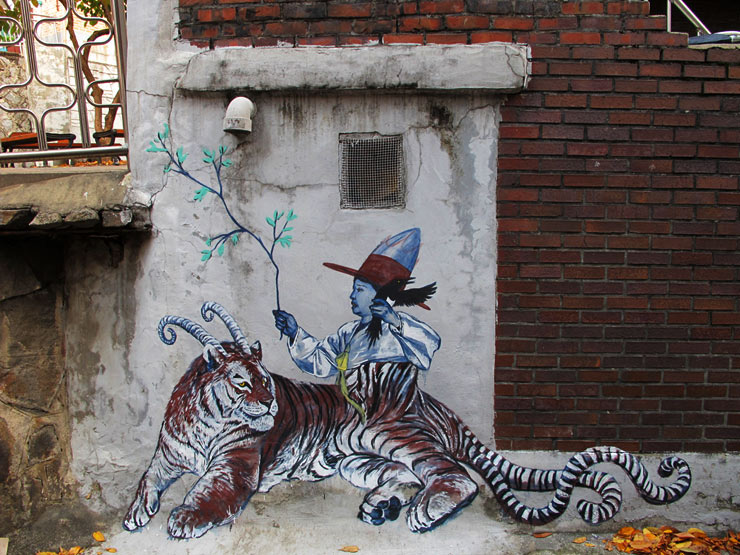
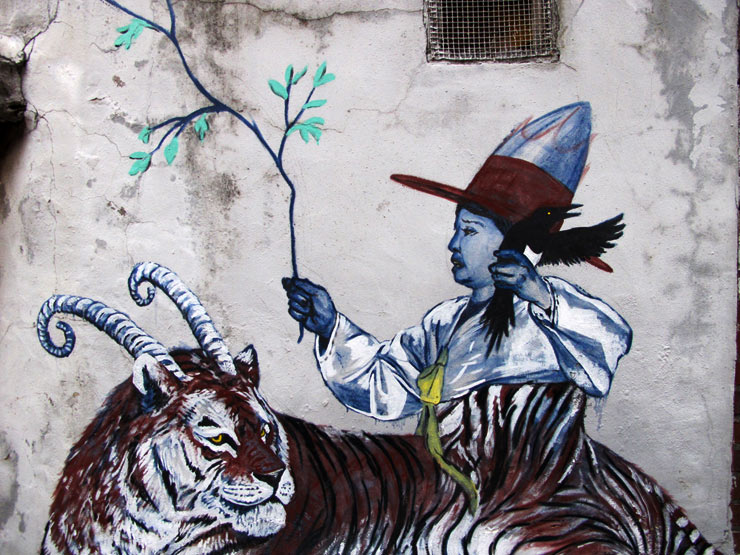
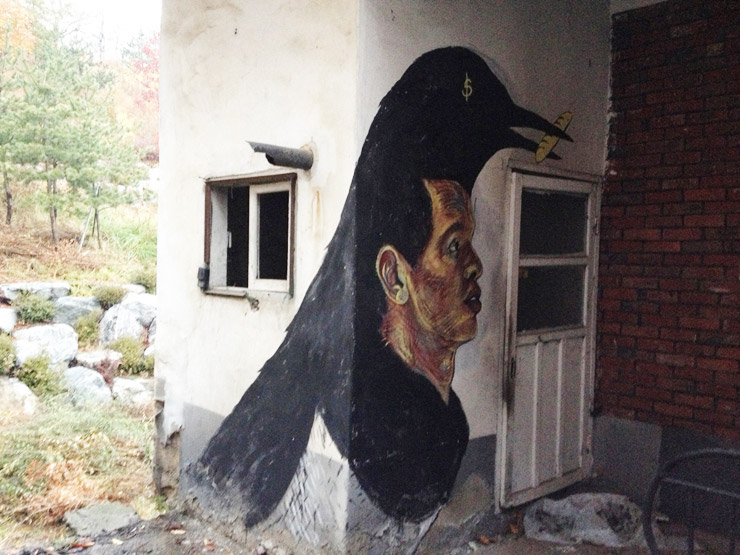
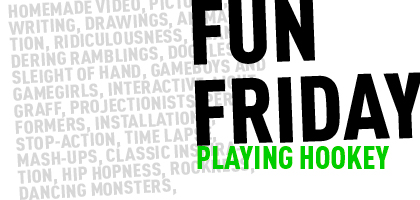
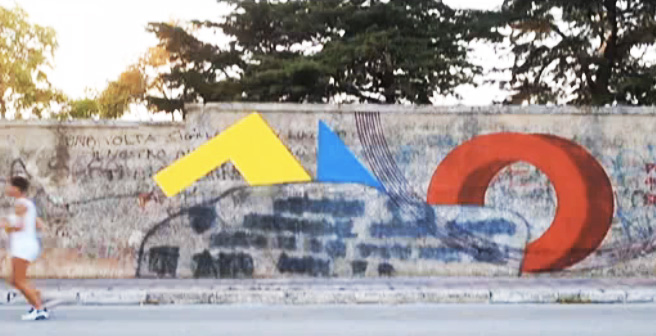
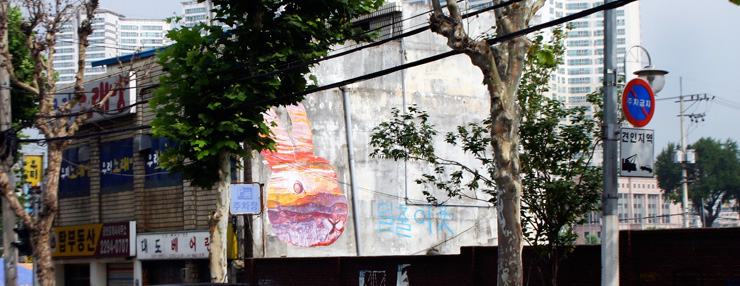 “Sunrise Neighbor” (image © Gaia)
“Sunrise Neighbor” (image © Gaia)